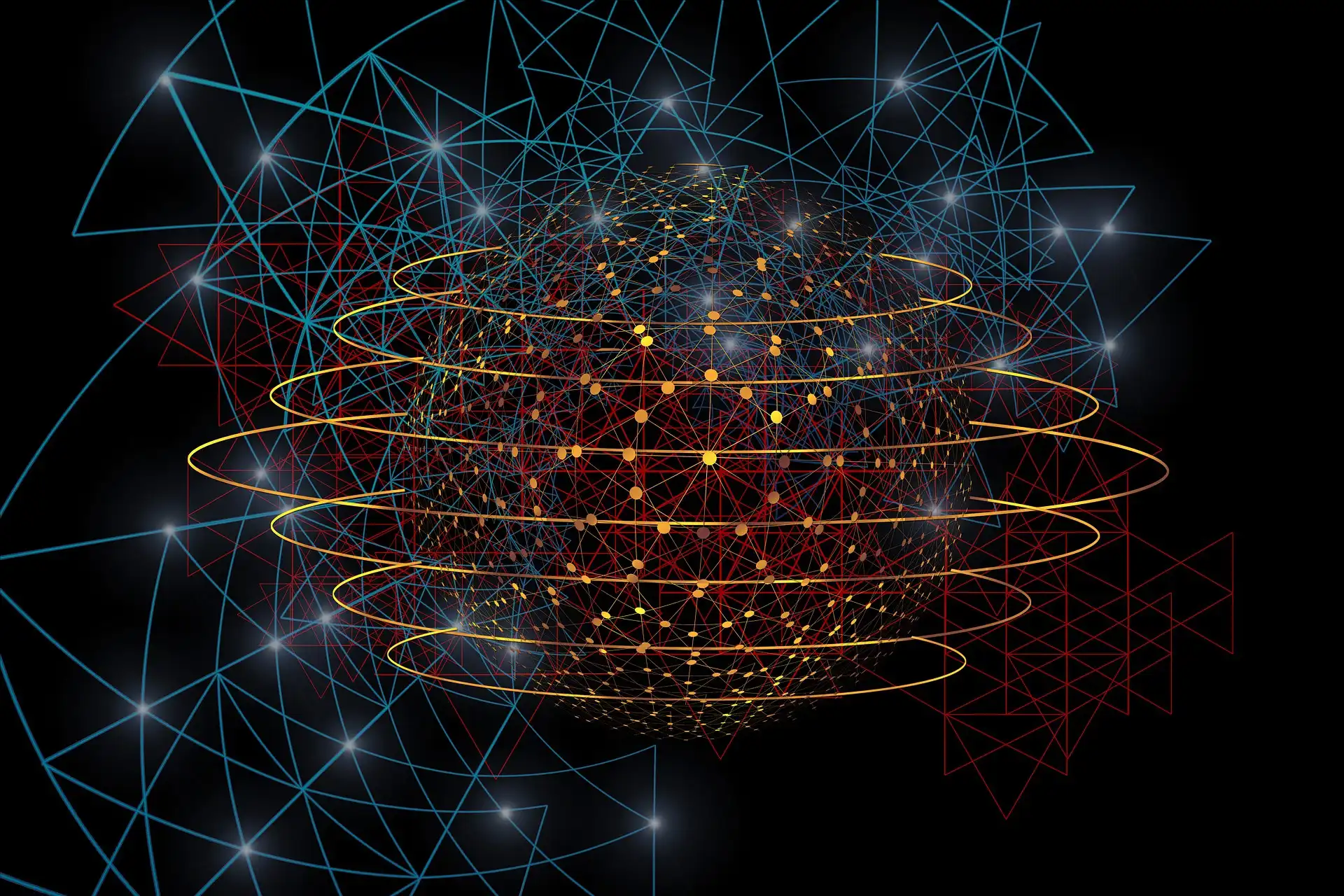Parabon NanoLabs, a technology firm, has transformed the way in which law enforcement agencies work towards solving crimes, particularly unsolved ones. Their unique venture brings together the scientific worlds of genomics and facial recognition, creating a sophisticated and impactful tool. In this article, we take a closer look at their technology and its implications for modern law enforcement.
Headquartered in Virginia, Parabon NanoLabs has produced a novel means of creating imaginative facial reconstructions from DNA data. This approach involves extrapolating selected traits from a person’s genetic data, then establishing a face based on these features. This method is particularly beneficial where traditional facial recognition methods struggle.
Parabon’s Snapshot technology can determine traits ranging from eye color to freckling and uses these in generating a visual facsimile of an individual. This technique does not provide a precise photograph of the person but aims to give a statistical composite that closely resembles the individual in question.

This technology is not without its critics though. Some raise ethical concerns about DNA identification systems, fearing potential misuse of the data gathered. Others question its accuracy, worrying that it might inadvertently incriminate innocent people due the differences between the generated composites and actual appearance.
However, Parabon's Snapshot technology is not designed as a standalone identification tool. It is instead positioned as a complement to existing crime-solving methods by aiding in ruling out potential suspects and narrowing down the list of individuals of interest.
It has already shown success in several cases. Since its launch in 2014, Parabon’s DNA-to-face technology has reportedly been instrumental in solving numerous crimes. It has helped law enforcement agencies across the nation in unlocking cold cases that had been dormant for years.
One such case is the 2016 murder of an 83-year-old woman. The detailed visual composite, produced after failed initial police sketches, led to the arrest of the correct perpetrator. This illustrates the effectiveness of Snapshot in complex cases where traditional methods are insufficient.
The successes chalked up by Snapshot make Parabon a market leader in the nascent field of DNA-based facial reconstruction. Yet, the company does not intend to rest on its laurels, working towards refining and advancing its technology.
Parabon NanoLabs has also brought another service to the law enforcement table: genetic genealogy. By linking DNA samples with extensive family trees, the company has managed to successfully track down elusive criminals. Their technology has helped police in not only identifying but also tracking down suspects.
The company’s endeavours have resulted in significant breakthroughs and brought new life to unsolved cases. As such, law enforcement agencies across the country are becoming increasingly receptive to adopting Parabon’s Snapshot and genetic genealogy services.
In spite of the successes, these methods are not foolproof and require a measured approach. To be of maximum assistance, Snapshot technology requires a tumbling array of about a million genetic variations, which might not be possible with all DNA samples.
The quality of the DNA sample also impacts the accuracy. Deteriorated or contaminated samples can yield imprecise reconstructions, highlighting the importance of meticulous sample preservation.
Additionally, this sophisticated technology deals with probabilities, not certainties. While helpful, the composite sketches including ancestry information, are estimates and should be approached as such by the law enforcement agencies.
Thus, while Snapshot and genetic genealogy make a promising contribution to crime-solving, they still have inherent limitations. They should be utilized as pieces in the intricate puzzle of solving crimes, rather than total solutions.
In conclusion, Parabon NanoLabs has harnessed the compelling interface of genetics and facial recognition to positively disrupt the field of law enforcement. The company's Snapshot technology, paired with its genetic genealogy offering, has shown promising results.
These significant strides in the utilization of DNA to aid criminal identification underline the continuous progress and evolution of science and technology. It is fascinating to foresee how these advancements may redefine the landscape of law enforcement in the coming years.
While we observe this progress, it is equally crucial to bear in mind the ethical considerations and potential pitfalls of this technology. It is such a balance between development and caution that will ensure the effective application of these scientific advancements.
In a world increasingly dependent on technology, the strides Parabon NanoLabs is making with the convergence of genomics and facial recognition represents a fascinating and promising frontier, marking a significant turn in the field of law enforcement. It will be exciting to see what the future holds for this innovative venture.